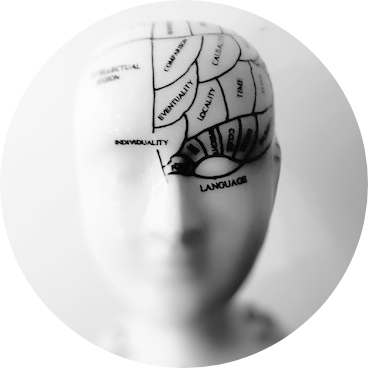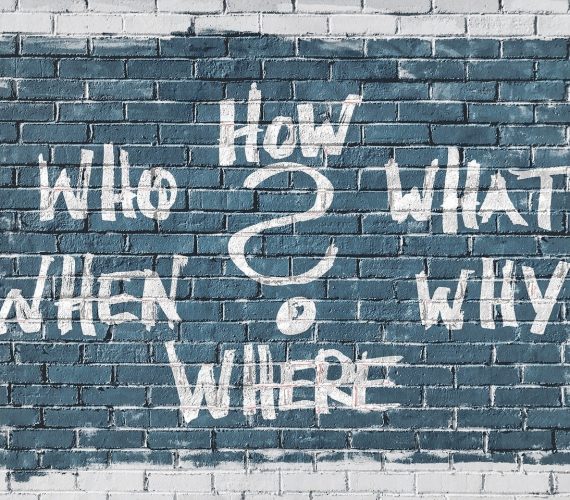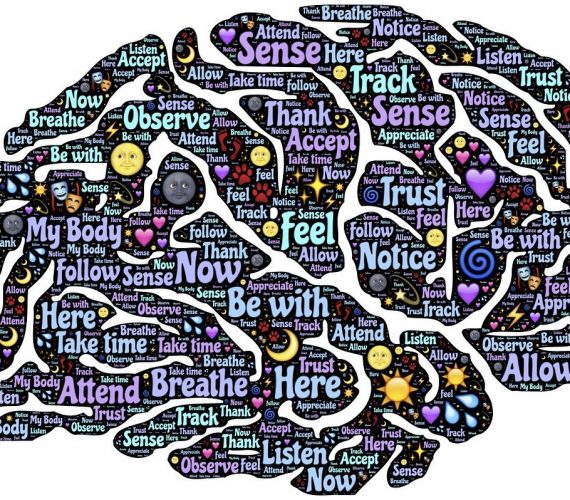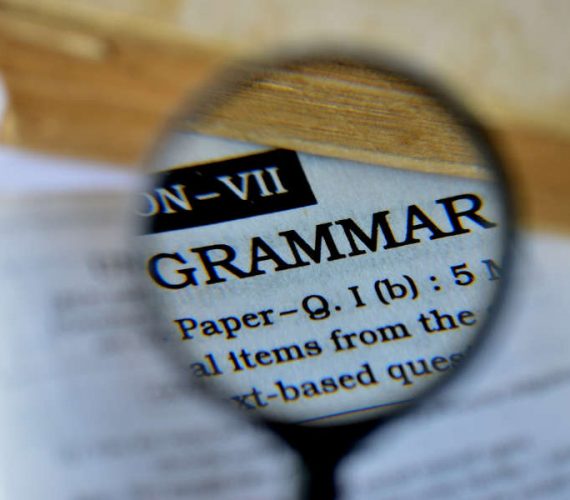
In case you’re not familiar with “The Structure of Magic”, it is a book written by Bandler & Grinder that explores the patterns and techniques underlying effective communication and therapy, providing insights into the structure of language and its transformative power in facilitating change.

Buckle up because today we’re delving into the fascinating world of Natural Language Processing (NLP) and how its principles can revolutionize your language learning journey. Inspired by Bandler and Grinder’s groundbreaking book, we’ll explore the power of reframing, the deep vs surface structure, and even embark on an exciting language exercise to ignite your learning sparks.
The Power of Reframing: Language Learning with a Twist
Imagine you’re trapped in a language learning slump, struggling to remember verb conjugations or getting tongue-tied during conversations. Well, fear not, for reframing comes to the rescue! In the realm of NLP, reframing involves changing the way we perceive and interpret information. Instead of perceiving mistakes as failures, why not reframe them as stepping stones towards fluency? Embrace the opportunity to learn from your blunders and celebrate each linguistic blooper as a valuable lesson.
Let’s illustrate this with an exercise: Find a language partner and have a friendly conversation where you deliberately make mistakes. Challenge yourself to reframe those mistakes as humorous anecdotes. Not only will this exercise lighten the mood, but it will also strengthen your resilience and open doors to deeper language connections.
Deep Structure Unveiled: Cracking the Language Code
Deep structure vs surface structure may sound like a battle of underwater creatures, but fear not, we’re not diving into the abyss just yet! The concept of deep structure refers to the underlying meaning and essence of a sentence, while the surface structure represents its literal form. In language learning, unlocking the deep structure helps us understand the underlying patterns and rules, making language acquisition more efficient.
Let’s consider an example. Imagine you’re learning Spanish, and you come across the sentence “Voy a la tienda.” The surface structure tells you it means “I’m going to the store.” However, by exploring the deep structure, you discover that “Voy” means “I go” and “la tienda” means “the store.” Armed with this knowledge, you can now construct various sentences such as “Voy al cine” (I’m going to the cinema) or “Voy a la playa” (I’m going to the beach). Embrace the deep structure to unlock the endless possibilities of language expression!
Building Rapport: The Dance of Mirroring

Language learning isn’t just about mastering vocabulary and grammar; it’s about connecting with people on a deeper level. That’s where the principle of mirroring comes into play. In NLP, mirroring refers to the art of adapting your language and body posture to match your conversation partner. By mirroring their gestures, tone, and even their choice of words, you create a sense of familiarity and rapport.
For instance, if your language partner often uses colloquial expressions, incorporate them into your own language repertoire. By doing so, you not only learn new phrases but also forge a stronger bond with your conversation partner. Remember, language is a dance, and mirroring is the secret move that makes it a harmonious partnership.
The NLP Language Treasure Hunt!
Ready for some language learning adventure? It’s time for the NLP Language Treasure Hunt! Here’s how it works: Grab your walking shoes and embark on a linguistic quest. Choose a location, whether it’s a bustling market or a quaint café, where you can immerse yourself in the language and culture you’re learning.
Step 1: Observation – Take a few moments to observe your surroundings. Pay attention to the conversations happening around you, the signs, and the interactions between people. Observe the body language, facial expressions, and gestures that accompany the spoken language.
Step 2: Deep Structure Detective – As you listen to conversations, try to decipher the deep structure behind the surface structure. Look for patterns, common phrases, and idiomatic expressions. How do the locals express emotions, opinions, or desires? Can you identify any recurring linguistic structures or sentence constructions?
Step 3: Mirroring Magic – Engage in a conversation with a language partner, using the knowledge you’ve gathered from your observations. Practice mirroring their language patterns, tone, and gestures. This not only enhances your language skills but also creates an instant connection and makes your conversation partner feel more at ease.
Step 4: Language Treasure – Challenge yourself to find hidden language treasures during your exploration. This could be a unique local phrase, a regional dialect, or a cultural nuance. Capture these treasures in your language learning journal or on your smartphone, and later, reflect on how you can incorporate them into your own language usage.
Remember, the NLP Language Treasure Hunt is not only about vocabulary and grammar. It’s about experiencing the language in its natural context and connecting with the people who speak it.
Conclusion
Language learning is a magical journey, and by applying the principles of NLP, you can unlock its true potential. Reframe mistakes as opportunities for growth, delve into the deep structure to understand the underlying patterns, and embrace the dance of mirroring to build rapport.
So, lace up your shoes, venture into the world of language, and let the magic of NLP guide you on your path to fluency. Remember, language learning should be fun, exciting, and filled with moments of connection. Happy exploring!
⚠ AI was used in the creation of this post.
Related Articles
- Neurolinguistics Quiz
- Language and the Brain
- Which language acquisition techniques are most effective?
References
Bandler, R., & Grinder, J. (1975). The structure of magic. Palo Alto, CA: Science and Behavior Books.


